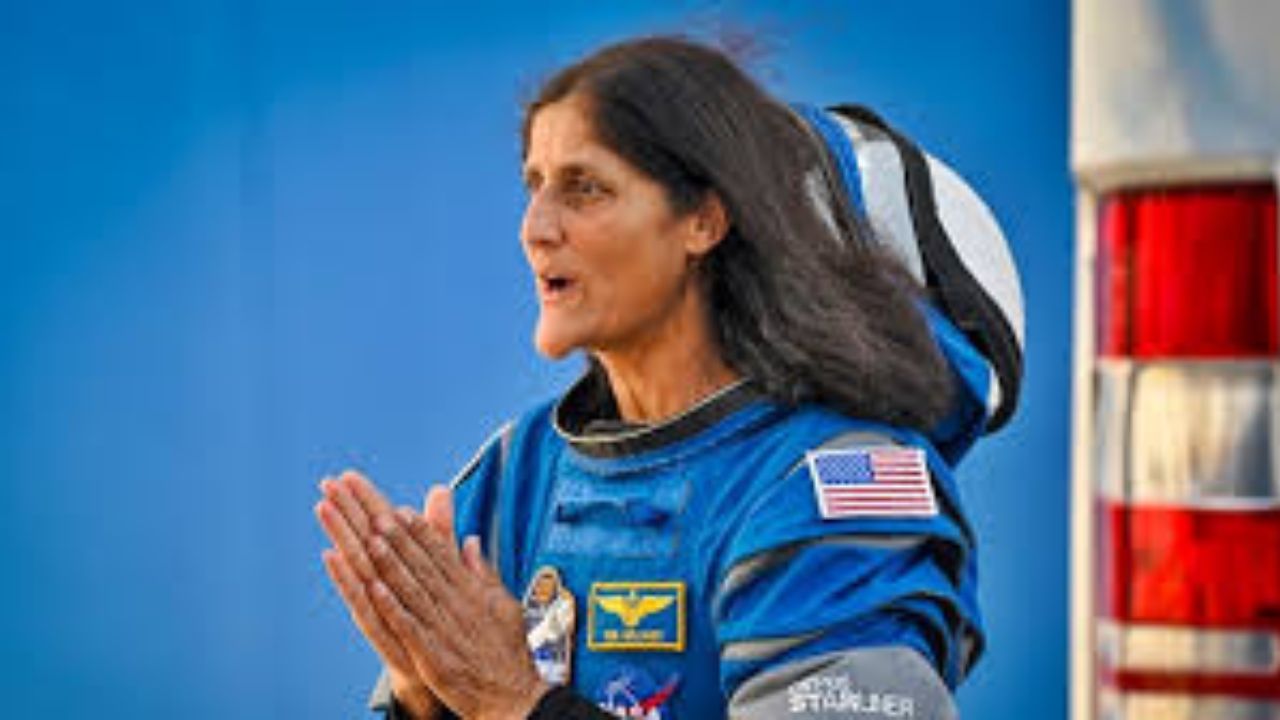Sunita Williams’ Return: What Happens After NASA Astronauts Land on Earth?
NASA astronauts Sunita Williams and Butch Wilmore, returning to Earth after a lengthy nine-month mission aboard the ISS, underwent the re-entry process due to some technical glitches.

Sunita Williams’ Return: Sunita Williams and Butch Wilmore, two space travelers who belong to NASA, are on the verge of returning from this International Space Station (ISS), where they have spent the last nine months undertaking this long mission fraught with technical issues, rescheduling, and politicals.
Williams, 59, and Wilmore, 62, have been stranded on the ISS after a test mission of about 7 days was turned upside down because their faulty Boeing Starliner proved unsafe to bring them back.
The four astronauts, officially members of NASA's Crew-9 rotation mission, are set to splash down off the Florida coast later on Tuesday at 5:57 pm ET (Wednesday at 3:27am India time).
Also Read: Nagpur Violence Updates: Situation ‘Peaceful’ Amid Heavy Police Presence, Says District Collector
As a result of the landing of Sunita Williams and Butch Wilmore on Earth, the following high-profile events in the post-mission recovery and debriefing would unfold:
Immediate medical attention: Following splashdown off the coast of Florida, Sunita Williams and her fellow astronauts would be assisted out of the SpaceX Crew Dragon capsule and into stretchers for initial medical assessments. It is a routine procedure that addresses the physical problems with which astronauts deal after extended periods in microgravity, such as muscle atrophy or balance problems.
To be moved to Johnson Space Center: As standard practice for astronaut returns, astronauts will then undergo health checks at the agency's Johnson Space Center in Houston before returning home to their families.
Post-Mission Debriefings: The astronauts will be expected to take part in debriefing sessions that are foreseen to occur at the end of the mission. These debriefing sessions may focus on their experiences, personal challenges, and successes during this period.
Family reunions: Sunita Williams will most probably prioritize spending time with family and friends after her long mission. Personal time is very essential for an astronaut's healthy mindset because it helps them reconnect with loved ones and prepares them for normal life on Earth. Earlier this month, Williams told reporters that she was looking forward to returning home to see her two dogs and family. "It's been a roller coaster for them, probably a little bit more so than for us," she said.
Challenges for astronauts: Dizziness, weightless tongue, baby feet
Those who spend extended periods in space will face the absence of gravity: they report dizziness, nausea, and an unstable gait when they return to the Earth.
The already delayed mission of test pilots for the new Starliner capsule of Boeing became an ordeal of over nine months because a series of helium leak and thruster failures made the vessel unsafe for carrying any astronaut back empty the following month.
Those who have been space travellers often find difficulty walking, experience bad vision, have dizziness, and a condition called baby feet where these space travellers accumulate the thick part of skin under their feet and become very soft like a child's foot.
Also Read: Missing Indian Student Sudiksha Konanki: Why Her Parents Are Seeking a Declaration of Death
"Once the astronaut returns to Earth, they are immediately forced to readjust again, back to Earth's gravity, and can experience issues standing, stabilising their gaze, walking, and turning. For their safety, returning astronauts are often placed in a chair immediately upon return to Earth," news agency PTI reported, citing the Houston-based Baylor College of Medicine in a note on body changes in space.
A re-adjustment takes several weeks for astronauts returning to Earth.
The vestibular organ is deep within the ear and gives information about gravity to the brain, helping the individual to balance the body while on Earth.
Gravity causes blood and other body fluids to settle in the lower part of the body on Earth, while in weightlessness, these fluids pool in the upper part of the body, giving a puffy look to the astronauts.
Without gravity, bone density is lost at alarming rates-and often irreparably. A NASA report states that in microgravity environments where countermeasures are not implemented, astronauts lose approximately one percent bone density for every month spent in space.
Also Read: Punjab Officials Raid Momo Factory, Discover Severed Dog’s Head in Fridge
For breaking news and live news updates, like us on Facebook or follow us on Twitter and Instagram. Read more on Latest World News on The National Bulletin


